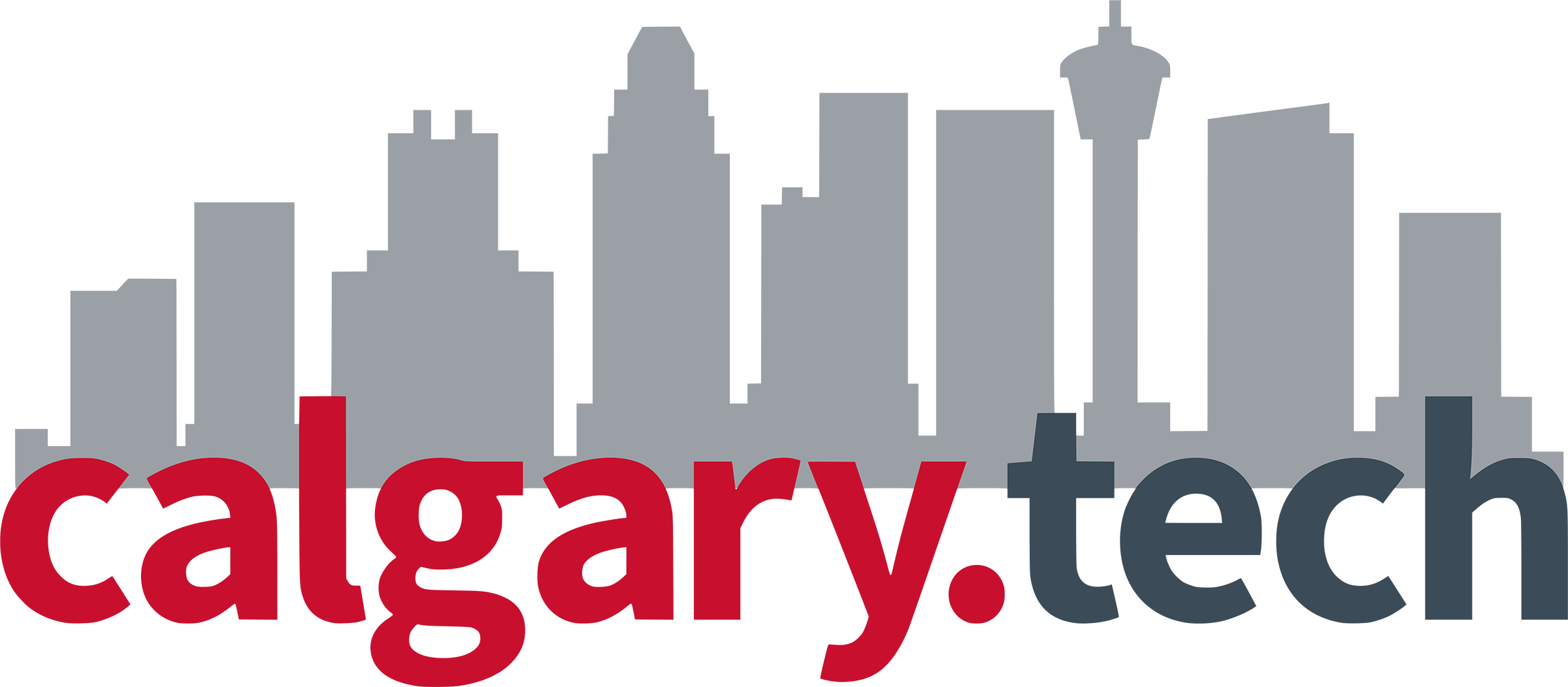
Techcouver recently reported on British Columbia’s innovation in aerospace.
We wondered: Does Alberta have it too?
And we did not have to dig deep into the archives to withdraw some evidence that, yes, the province of Alberta is too dabbling amidst the cosmos.
“Our aerospace sector is thriving,” Calgary Mayor Jyoti Gondek stated just last month.
Let’s dive in.
SOARing to Space
Standing out against a backdrop of Ontario’s longstanding history in forestry and mining sectors, the Stardust Festival in Timmins was created to “ignite curiosity” and “inspire innovation” by showcasing “the wonders of STEM education and exploration … in a captivating and immersive festival experience.”
The event gears youth toward a career trajectory in the aerospace industry through fun competitions such as The Launch Canada Challenge, which pits teams of post-secondary students against each other in a rocket launch-off.
Supported by the Satellite Canada Innovation Network, the Canadian Space Society, and the Canadian Aeronautics and Space Institute, Launch Canada’s mission is to “use the excitement of rocketry to create unprecedented hands-on learning experiences for students that provide them with unmatched real-world engineering experience.”
The University of Calgary’s Student Organization for Aerospace Research—or SOAR—competed in last year’s eventusing a “hybrid rocket” with nitrous oxide as the oxidizer and paraffin wax as the fuel—a system capable of reaching 3,900 metres of altitude, which is higher than the tallest mountain peak in Alberta, if not quite in space.
By 2027, SOAR aims to be the first Canadian team to launch a two-stage hybrid rocket 30,000 feet high.
Now that’s getting close to the cosmos.
Scoping Out Aerospace Skills
Scope AR, an Edmonton-rooted company, was founded in 2011 by David Nedohin, Scott Montgomerie, and Graham Melley as a pioneer in the field of AR-based training solutions.
The three founders, who had previously worked together at Edmonton’s Yardstick Technologies, recognized the potential of AR in helping workers acquire new skills and knowledge.
Scope AR is known for its flagship product, WorkLink, an AR-based platform that enables workers to receive real-time, step-by-step instructions on how to perform complex tasks. Using a smartphone or tablet, workers can access WorkLink and view AR overlays that guide them through each step of a procedure.
This allows them to learn new skills quickly and effectively without the need for extensive training or supervision.
Conventional digital and remote learning methods force an “additional burden on the trainee to re-encode and decode 2D training content into the mental space around themselves,” Scope argues, not without merit. There are many up-skill programs across Canada in 2023 but most these days are fully digital and remote.
“Augmented reality accelerates training by making it much easier and faster remember facts and understand basic concepts,” the company explains. “This then shifts the mental load away from areas of the brain devoted to memory retention and toward the area of the brain responsible for critical thinking.”
Scope’s training technology can be applied to a broad range of industries, including aerospace and defence.
“The Aerospace and Defense industries demand extreme precision and accuracy by highly trained technicians … because the safety of the crew, passengers and our nation depend on complex manufacturing processes,” notes Scope. “WorkLink increases the performance of those technician through faster training, time to information, reduction in human error, and vast improvement in process accuracy.”
All Hail the Hub
Moving forward, we anticipate sustained momentum in Alberta’s aerospace sector.
Why? Because the City of Calgary is launching an Aerospace Innovation Hub designed to offer funding, business support, and technology validation in real-world settings.
The hub is enabled by an investment of $3.9 million over four years by the Opportunity Calgary Investment Fund.
“By making this investment, we are fortifying Calgary as an aerospace centre of excellence,” stated Brad Parry, chief executive officer of Calgary Economic Development, in March. “Innovators will be able to create, test, and scale their ideas more effectively while existing industry players gain visibility and input into up-and-coming technologies.”
The AIH will be managed by Innovate Calgary. Founding industry partners include WestJet, the Calgary Airport Authority, and Chapter.ai Ventures.
“Our aerospace sector is thriving, and we can ensure its continued growth by attracting the right talent and industry leaders to create and scale their ideas here in Calgary,” said Calgary Mayor Jyoti Gondek. “I look forward to seeing how Calgary-based innovators will emerge and transform the global aviation and aerospace industry.”
The Aerospace Innovation Hub joins the University of Calgary, which hosts a network of themed innovation hubs managed by Innovate Calgary, including the Life Sciences Innovation Hub, the Energy Transition Centre, and the Social Innovation Hub.
“This network ensures that researchers, innovators, and startup founders have seamless access to the resources, space, and expertise they require, precisely when they need it,” explains Dr. Ed McCaulley, Vice-Chancellor at the University of Calgary. “As a leader for startup creation in Canada, UCalgary is poised to amplify our impact.”
Chapter.ai Ventures will provide access to capital and investment support for innovators to scale solutions.
“Chapter.ai Ventures is very excited to be part of the Aerospace Hub and plans to significantly invest in aerospace startups,” Neeraj Gupta, cofounder of Chapter.ai Ventures, stated. “Calgary’s unique industrial, deep technologies and research ecosystem will help the Aerospace hub to establish itself as one of the prominent players in the global aerospace ecosystem.”
The new investment from OCIF builds on an initial funding commitment of $2.5 million from PrairiesCan in 2023.
OCIF was created by The City of Calgary in 2018 to support catalytic investments within the city to help diversify and transform the economy.
Between 2024 and 2028, the AIH is expected to support up to 180 companies and create 150 net new skilled, indirect jobs.


Leave a Reply